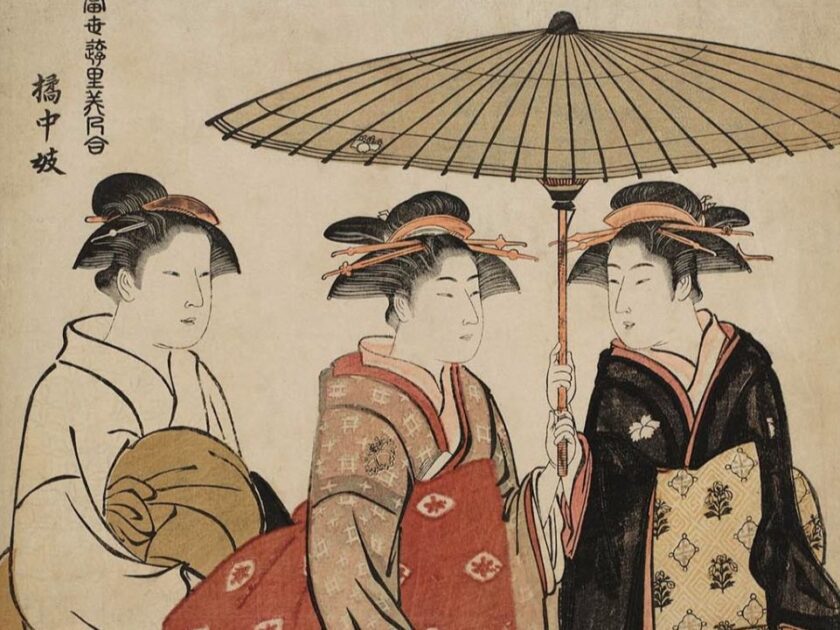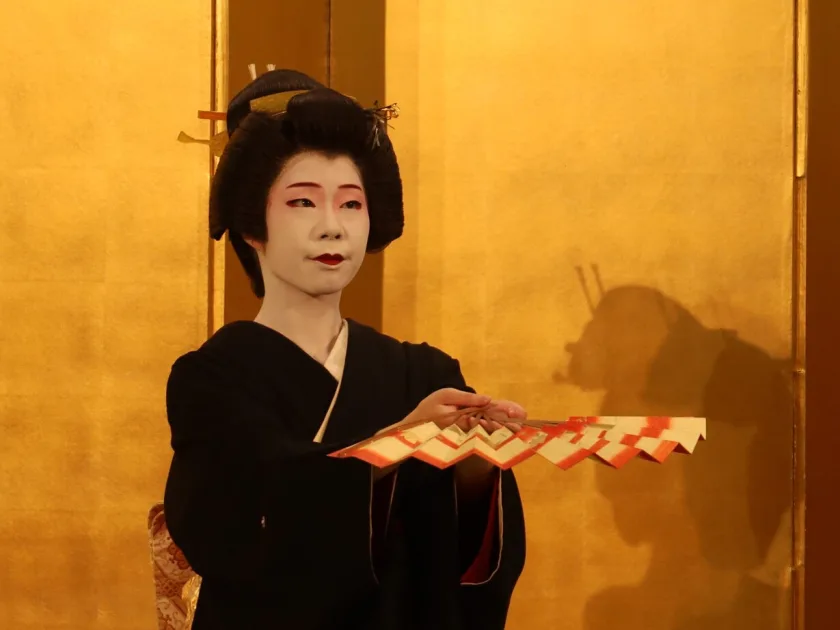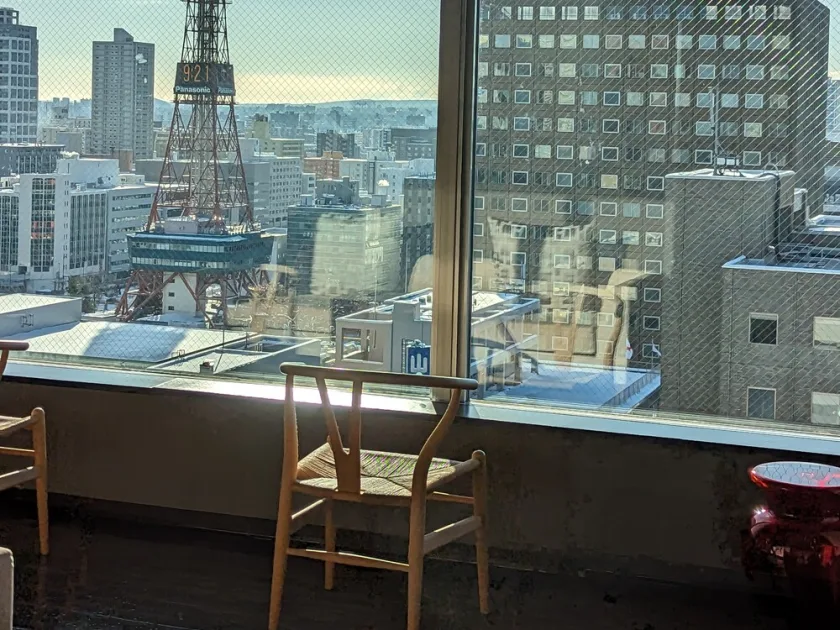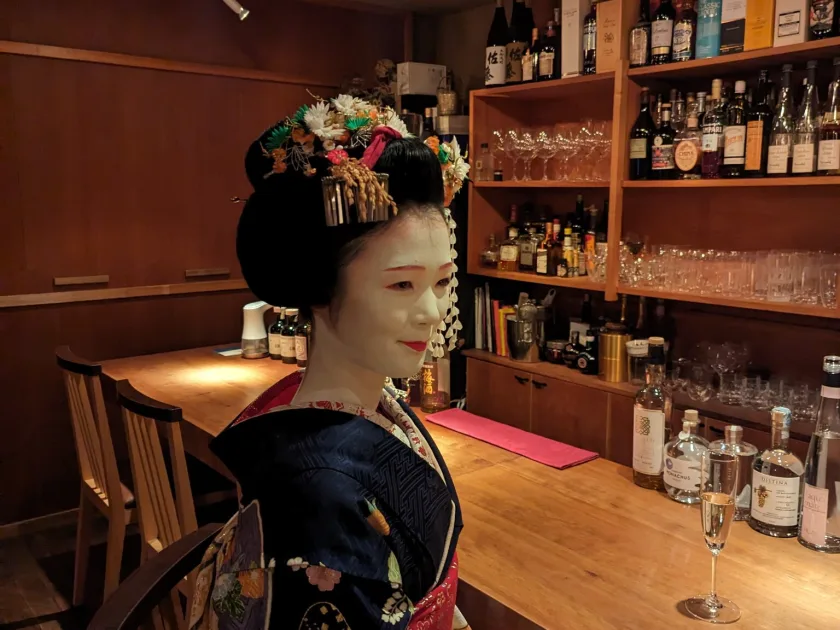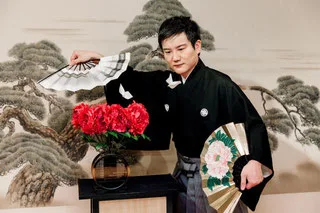Experience Hachioji Kuruma Ningyo and Geisha Performances at Kagurazaka’s Ryotei “Yukimoto”
Experience Hachioji Kuruma Ningyo and Geisha Performances at Kagurazaka’s Ryotei “Yukimoto” Kagurazaka’s ryotei “Yukimoto” proudly hosts the 16th Kagura Goyomi event, featuring the Hachioji Kuruma Ningyo performance. They are honored to invite the fifth-generation headmaster, Nishikawa Koryu, from the Hachioji Kuruma Ningyo Nishikawa Koryuza troupe to Kagurazaka for this special occasion. Experience Hachioji Kuruma Ningyo and Kagurazaka Geisha in One Evening Alongside this unique puppet theater, you will also enjoy seasonal dances performed by Kagurazaka geisha, offering a rare opportunity to experience both the Important Intangible Folk Cultural Property of Hachioji Kuruma Ningyo and the elegant Kagurazaka geisha in one evening. We warmly invite you to join us for this exceptional cultural experience. About Hachioji Kuruma Ningyo Hachioji Kuruma Ningyo involves a single puppeteer maneuvering a puppet while seated in a box-shaped cart with wheels, known as a “Rokuro Kuruma.” This ingenious design simplifies the traditional three-puppeteer system, allowing performances with fewer people and in more flexible settings. The puppet’s feet directly touch the stage, enabling dynamic and rhythmic performances. The versatility of the stage setup also allows for collaborations with other art forms, broadening the theatrical possibilities. History The art of Kuruma Ningyo was

